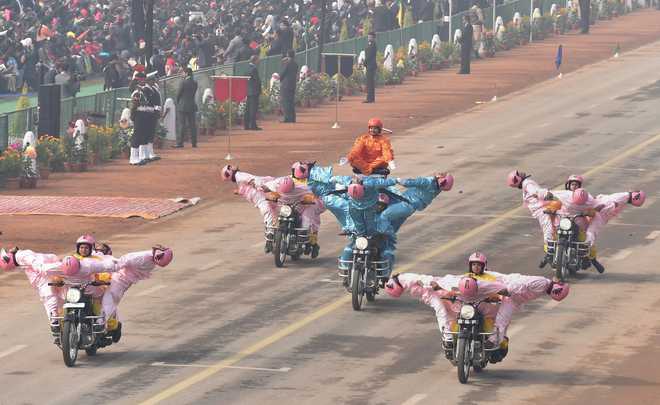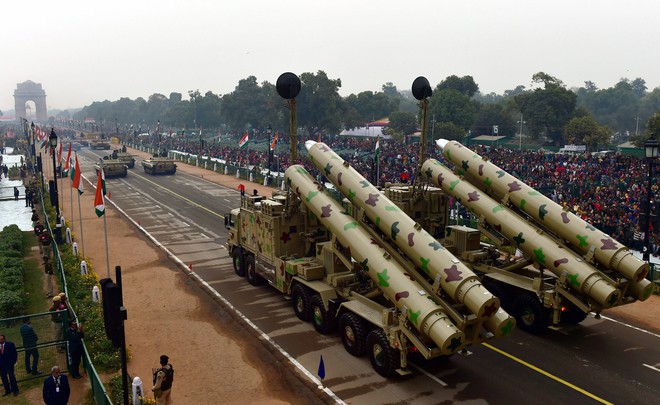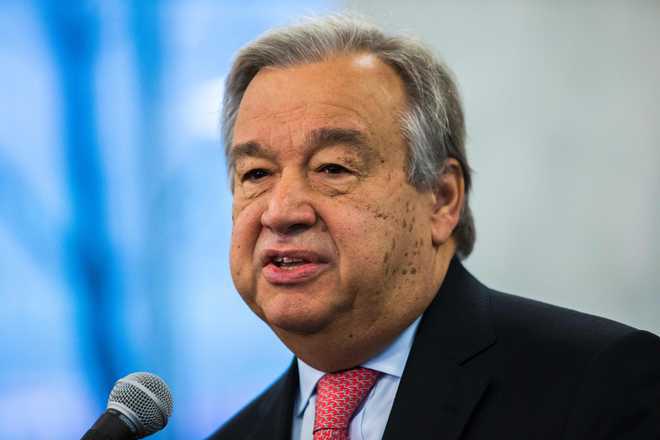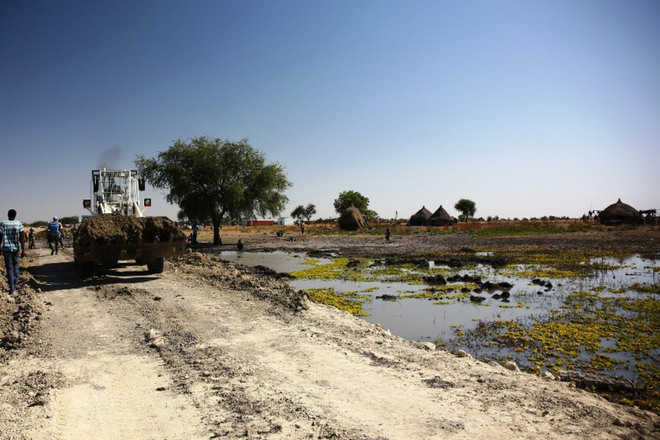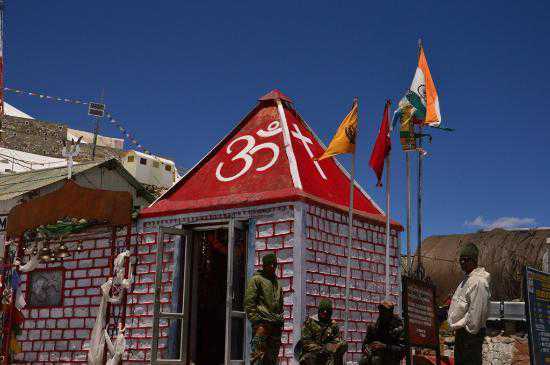A good beginning may be made by agreeing to establish a line of communication between important sectors and formations on the LoC to allow interaction between field commanders.
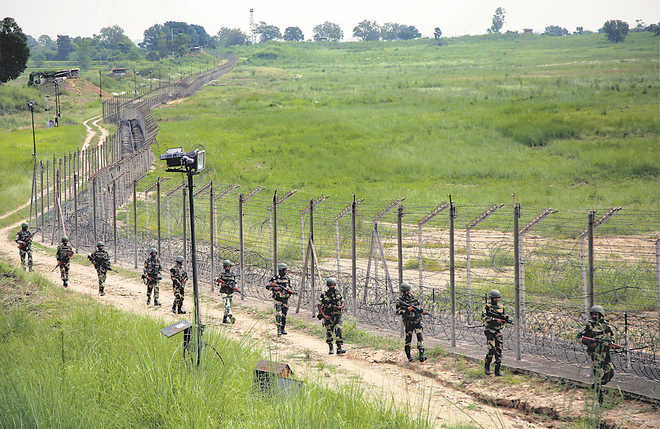
Lt-Gen Syed Ata Hasnain (retd)THE nearest to an official and written ceasefire agreement at the LoC is only enshrined in the subtext of the Simla Agreement of July 2, 1972. However, since then, LoC soldiering has assumed a different colour. It’s not just about preserving the ‘sanctity of the LoC’ with Pakistan, an adage well known to Indian Army officers; it’s much to do with proving a couple of points. First, which is the more macho Army and, by extension, the more macho nation? Second, which is the more professional army? Yet, more importantly, it’s all about ‘moral ascendancy’. I can’t remember a definition of the term in any Indian Army publication; perhaps the Pakistanis may be having something of their own. Nevertheless, since it is a task spelt out to every LoC commander, it does deserve an analysis of its interpretation and what affect that has on the attitude towards and manifestation of ceasefire.On the face of it, moral ascendancy is all about being professionally more competent than your adversary. However, the most important aspect is motivation and morale. There are increasing instances in which units of the two armies, which faced each other in Siachen or later days of Kargil 1999, are coming back face to face once again at the LoC. The antipathy then was much higher. All this is fine. It’s when the lead begins to fly around that problems arise. Even worse, when rogue actions from across the LoC involve bestial acts such as beheading, they have to be responded to. Otherwise, the moral ascendancy slips and that’s not acceptable by a mile or more.It’s not as if ceasefire infringements commenced only in 1989, the year when Pakistan decided to launch its proxy war to exploit the fast-track changes the world was then undergoing. The moral ascendancy game was in play through the late seventies and eighties, but with one difference: there was no infiltration of terrorists. Immediately after 1989, the LoC got associated primarily with infiltration; terror sponsors in Pakistan found that the simplest way of forcing gaps in deployment to effect infiltration was to push Indian ambushes, deployed in the open, into their posts which had overhead protection (OHP) from fire. Even with the construction of the LoC fence, although partial OHP exists at ambush sites, it is the resultant chaos from shelling and small arms fire that assists in infiltration.On November 26, 2003, Pakistan took a decision to vigorously implement the ceasefire and abide by it. Although it appeared unilateral and India has never made it look any different, the truth is that some behind-the-scene parleys did assist in reaching that stage where Pakistan could announce its ‘offer’. There was no official document signed by the two sides, although recorded announcements to abide by it made it appear as a de facto agreement. Infiltration attempts continued as before, but at reduced levels. Why President Musharraf accepted, or as claimed, even initiated the ‘proper implementation’ of the 1972 ceasefire remains a mystery to the day. Analysis of initiatives which characterised the Vajpayee premiership is a subject by itself, but there was a Vajpayee-Musharraf moment which captured the essence of what could have been the grounding for an improved Indo-Pak relationship. The ceasefire was probably the result of that. Many a Pakistani strategic analyst I have spoken with has failed to identify the Musharraf thought process. And Pervez Musharraf today is in search of another identity; he would preferably disassociate himself with the ceasefire.The LoC remained quiet almost till 2009 when one segment in the Krishna Ghati sector erupted and has never quieted thereafter. Siachen has remained a model of the ceasefire as much as has been Kargil. This gives weight to the argument that breaches of ceasefire take place in infiltration-prone areas because there is no infiltration in the Ladakh zone. Paradoxically, larger attempts at infiltration have been made in the Machil, Keran, Tangdhar and Lipa sectors of the Valley, but very few breaches of ceasefire have occurred there. In recent years, the major LoC exchanges have all been south of the Pir Panjal and along the International Border (IB), the latter being held by the BSF. The area has little terrorist presence, but some sleeper agents continue to exist. However, the area is more vulnerable to transient terror through infiltration of suicide squads (fidayeen) due to the shorter distances and potential of single-night operations. Currently, the prime reasons for the breach of ceasefire by the Pakistani side revolve around a few factors. 1 Firstly, infiltration continues to play a role, irrespective of the explanations above. 2 Secondly, the LoC offers the easiest location for the demonstration of violence for the international community to take note that the J&K conflict continues to fester; it is Pakistan’s abiding interest to prove this despite being a signatory to the bilateral clause of the Simla Agreement. Earlier, major terror attacks sponsored by Pakistan preceded big ticket events such as high-profile international visits to South Asia or even the annual UN General Assembly session. With better Indian control over J&K, it isn’t easy to do that; the LoC becomes the next best symbol for demonstration. 3 Thirdly, the Hindu populated areas of the Jammu IB or LoC belt get targeted to cause more angst within J&K and, indeed, within India and enhance the communal temperature to Pakistani advantage. 4 Fourthly, Pakistani friendly jihadi elements such as the Jaish-e-Mohammad (JeM) and Lashkar-e-Taiyaba (LeT) maintain their relevance through shallow infiltration and attempted terrorist actions against objectives closer to the LoC, as shown by the Uri and Mohra attacks in the Jhelum Valley. 5 Lastly, with increasing political ambitions of the jihadi groups of Hafiz Sayeed and Masood Azhar, spectacular acts at the LoC or deeper in the hinterland will continue so as to draw attention and attraction.In the light of the history of the ceasefire, the fact that it hardly exists today and the harder response by India without remorse, the feasibility of returning to 2003 remains remote. It could have happened with PM Modi’s initiative of December 25, 2015, or may still find life in a sudden unprovoked peace-related trigger. The advantage of keeping the LoC hot finds favour with Pakistan, but once a threshold is crossed, India will not disfavour a more robust response. Pakistan’s intent is to somehow bring the UN military observers into the scene so as to internationalise the issue and rescind the provisions of the Simla Agreement. The initiative for the ceasefire cannot come from India because the triggers come from Pakistan. It is up to Gen Qamar Bajwa to find his own moment if peace is to return to the LoC; the chances of that in 2018 appear more remote than ever. A good beginning may be made by agreeing to establish a line of communication between important sectors and formations on the LoC to allow interaction between field commanders.











